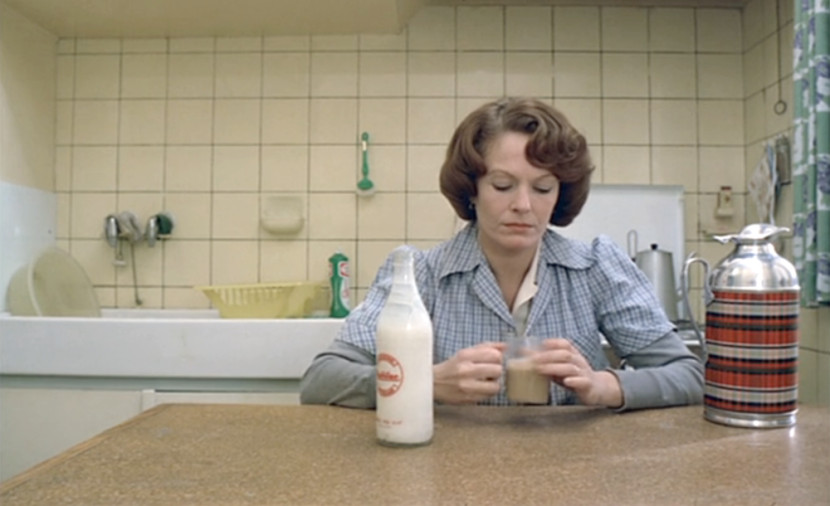
It seems quite easy to recall a couple of cinematic movements which postulated the empowerment of naturalism by dealing with everyday-life themes, placing ordinary people in the center of the narrative plot and minimizing the use of music and stylistic features so to resemble as much as possible the “real life”. We can distinguish as well periodic movements such as UK’s Kitchen Sink Dramas, Danish Dogma 95 movement or Polish Cinema of Moral Anxiety and certain sub-genres closely related to naturalism e.g. hyperrealism, neorealism or minimalism.
Regardless of nomenclature, naturalistic cinema has been present in each national cinematography all over the world and has always stemmed from the same need – the intrinsic mission of the cinema to be society’s conscience and to depict the most relevant and important social issues. Through its rigidity, lack of stylistic rodomontades and veristic cinematography, it always endeavored to put the biggest stress on the message it was trying to convey. This symptomatic approach has resulted in creating many deeply touching, albeit sometimes hard-to-digest, existential movies. Let’s have a look at the very best of them.
10. Fish Tank (2009)
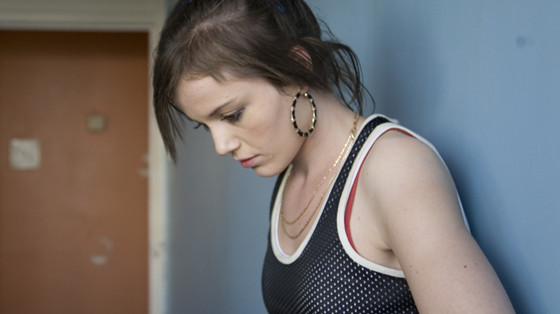
From the very beginning of her directing career, Andrea Arnold has treated cinema as a medium through which the debate about the most burning social issues should be pursued. Her movies nearly always concerned the problems of the working-class and nearly always placed women in the center of a narrative plot. Such attitude led her to become a conscience of the modern British cinema and contributed to publicizing such social issues as juvenile delinquency, teenage pregnancy and vicious circle of domestic violence. After hyperrealistic Oscar-winning short “Wasp” and her first feature film “Red Road”, both depicting social issues pertaining to marginalized individuals, she released the globally acclaimed “Fish Tank”, a brutally harsh picture of a teenage girl struggling to live an independent life.
Set in poor London’s neighborhood, “Fish Tank” tells the story of Mia, a rebellious 15-year-old girl living with her sister and a single mother whom she frequently fights with, even though they seem to represent quite the same personality. She is a loner, contemptuous towards others and gets easily annoyed which in consequence brings her many troubles and makes her fall out with her alleged friends. Disturbed by the appearance of mother’s new boyfriend, Mia grows a tremendous need to become more independent and establish her grown-up personality.
Despite endowing Mia with a really tough character, Arnold is not judgmental about her protagonist who shows also positive traits such as bravery and lust for freedom, in turn she seems more disapproving towards patronizing social structures and mores which establish marginalization’s vicious circles. Through the lens of an extremely naturalistic picture, she sends us a bottled message that the teenage rebellion is nothing else than just a juvenile retaliation for adults’ stifling the exhibition of their personalities and getting in their way to actually mean something.
9. Our Little Sister (2015)
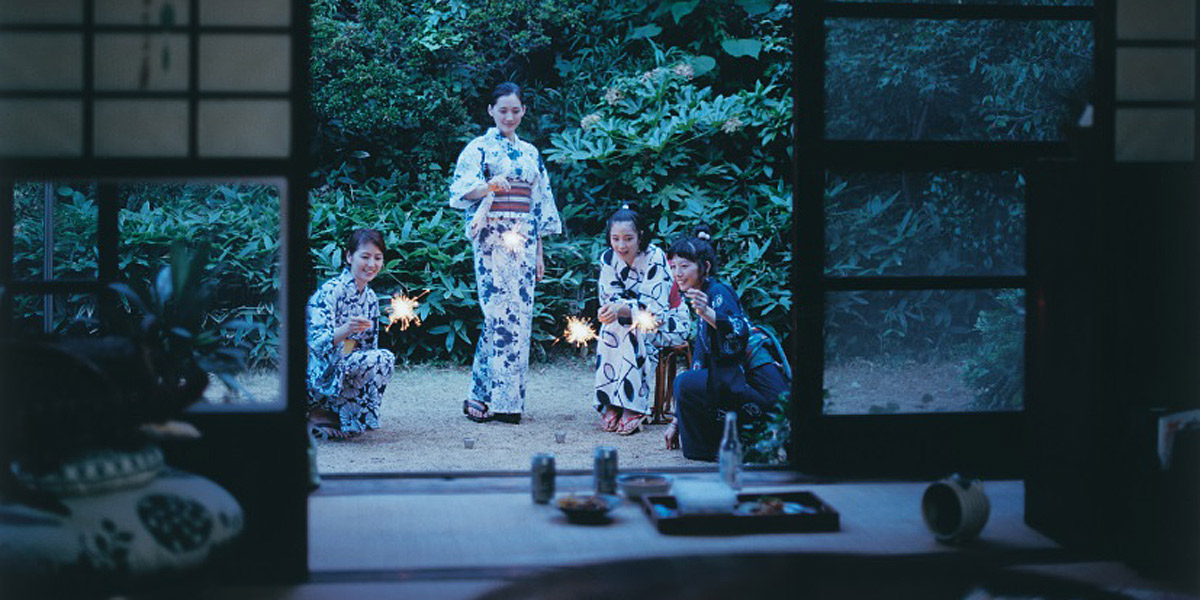
For those who are not familiar with Hirokazu Kore-eda’s older movies, it would be worth mentioning that he has been carving his directing style long before the release of his seminal and most acclaimed “Shoplifters” which could seem a bit like an extension of his previous movies. Greatly inspired by absolute pioneers of cinematic realism Yasujirō Ozu and Ken Loach, Kore-eda has created a couple of great naturalistic pictures which, despite not being as globally recognized as “Shoplifters”, form a great panorama of intimate and very tender family dramas which paved his route to global success.
Along “Like Father, Like Son” and “After the Storm” which, apart from being sentimental and intimate stories, offer a great portion of intelligent humor, there is also probably the least-known of Kore-eda’s recent movies “Our Little Sister”, a tranquil yet deeply touching story about a fractured family trying to get back together.
It tells the story of three young sisters in their 20’s who after their father’s death are joined by their 14-year-old half-sister. Tragic circumstances form a new environment to which all sisters will have to adapt from scratch. Entirely new situation also creates a space for long-forgotten conflicts to come out, nonetheless Kore-eda always keeps a safe distance from the most aching wounds. By the course of time Kore-eda is gradually dismantling all the childhood traumas however, he constantly approaches his characters with empathy and warmth so the film’s emotional burden never becomes overwhelming.
8. Sieranevada (2016)
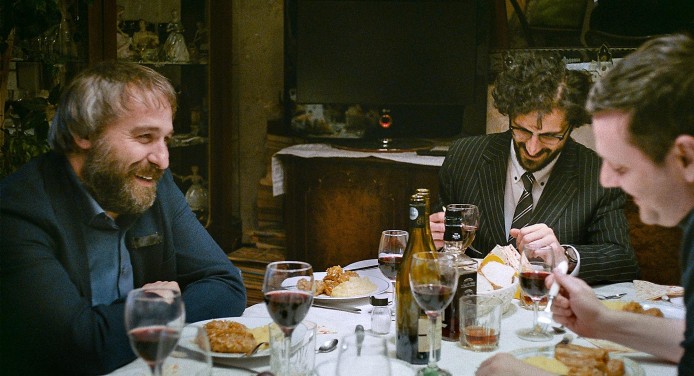
The term New Wave is commonly ascribed to modernist movements which burgeoned mostly in 1960’s and 1970’s. That case does not necessarily apply to Romanian cinema which in contrast to other national cinematographies of the Warsaw Pact countries did not have that much to offer during the era of modernist outburst (with obviously some exceptions e.g. “Forest of the Hanged”).
In fact what we call the Romanian New Wave is a still ongoing movement which is considered to have started in the early 2000’s and has so far brought to wide public such names as the winner of Palme d’Or Christian Mungiu, and two Golden Bears laureates: Adina Pintile (2018) and Calin Petar Netzer (2013). Although recently some of its prominent representatives have started to extend the stylistic core of the movement creating such untypical pictures as “Touch Me Not” and “Aferim!”, realistic and austere atmosphere still plays the leading role in modern Romanian cinema, in which “Sieranevada” happens to be the best example.
Some would probably say that if a film lasts nearly 3 hours and takes place in one apartment, there can be only a murder mystery that can save it from being dull. Nothing more misleading can be stated when Cristi Puiu is the man behind the camera. “Sieranevada” in fact lasts nearly 3 hours and in fact the plot does not really offer anything special, yet somehow it can be watched all in one breath. As a consequence Puiu offers us a witty and very well-played drama in which he examines a portrait of a family during the wake organized in the memory of recently deceased uncle Emil.
The film is filled with dialogues pertaining mostly to political issues and family gossip which in essence serve as a going through the motions strategy for people who seem quite uncomfortable with spending so much time together. As in a decent family drama, the plot’s central parts take place in the kitchen where obviously many personal filths are brought public, spurring a chain reaction of quarrel and rancor and resulting in the film’s aura becoming gradually more tense with literally every minute.
7. 35 Shots of Rum (2008)
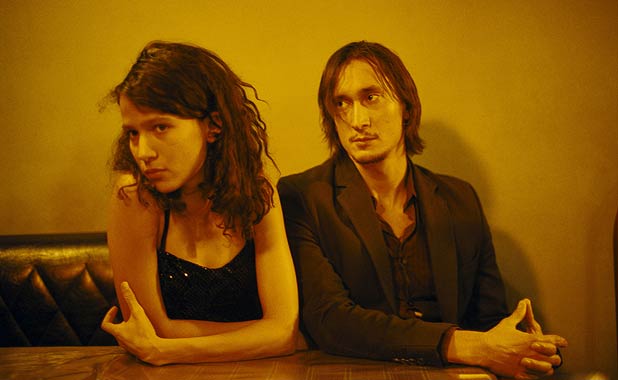
Claire Denise has always exhibited a kind of documentary knack even though her films were mostly purely fictional. This symptomatic flair for observation could be seen for instance in her groundbreaking “No Fear, No Die”, depicting two young men organizing underground cockfights as well as in her seminal “Beau Travail” which portrayed the French Foreign Legion through the extremely tensed and virile relation of two soldiers. Her socio-political involvement, humanistic interest in minority’s issues and the way she perceived the role of cinema has contributed to the creation of many important pictures depicting life of working-class individuals in modern-day France.
“35 Shots of Rum” tells the story about an intimate and immensely warm relation between a single father and his already grown-up daughter whom he lives with. The two protagonists seem to get on well with each other and enjoy their status quo, albeit living a modest live. Nevertheless, as the time passes the daughter gradually grows the desire for the unknown and starts to develop new relationship which will constitute a huge change in the life she shares with her father. As a consequence he will have to face the dilemma. Will the approaching fear of an empty nest syndrome overcome his mourning after the deceased wife?
The story set on the outskirts of Paris does not seem to rush to provide us with all the answers at once. Claire Denise has ingeniously adapted movie’s pace and modeled its stylistic features in order to depict the dynamics of change in more of a real-life, matter-of-fact manner. Thanks to this, “35 Shots of Rum” extracts the warmth from the prose of life and can be watched with great tenderness.
6. Look Back in Anger (1959)
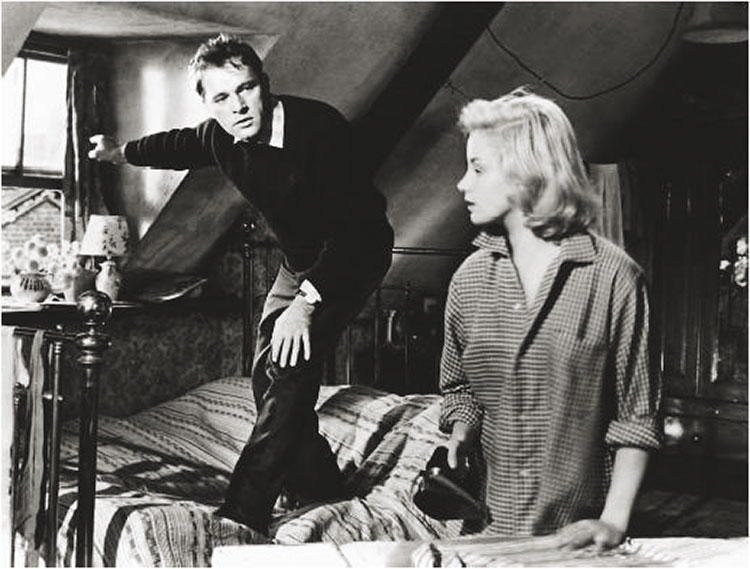
Before Kitchen Sink Realism invaded British cinema and established the stylistics and the narrative ideas for many Angry Young Men generation’s masterpieces becoming one of the most critically acclaimed naturalistic movements in the film history, it paved its way to success through the theaters. In the late 1950’s, UK was on the verge of cultural revolution.
Modernist art was starting to push out the exclusive and condescending British culture which depicted lives and attitudes of higher social classes and put more stress on the working-class. Such transition enabled many young authors to create works which discussed many up-to-date social issues. That was primarily the case of young dramatists such as John Osborne and Shelagh Delaney who inspired the outburst of cinematic Kitchen Sink Realism. Tony Richardson’s “Look Back in Anger” is regarded as its epitomic masterpiece.
In his passionate drama, filled with regret and disappointment, Richardson portrayed a love triangle involving a married couple and their female friend dealing with a deep emotional suffering and a constant inability to adapt themselves to work, society and other people. In the very centre of this relationship, he placed Jimmy, an intelligent young man yet dissatisfied with his current job, as a candy-stall salesman which doesn’t seem to correspond with his qualifications. His job together with his shabby apartment evoke Jimmy’s frustration and anger which he subsequently directs towards his wife.
Through the figure of the protagonist, Richardson drew an emblematic portrait of its time and generation which exhibited an attitude filled with anger and vehemence, yet also with disagreement for status quo and lust for real, passionate emotions. The film’s main figure Jimmy Porter has therefore become one of UK’s most recognized everyman who sometimes says the words he never wished to say and sometimes does things he never wished to do, but always remains honest and authentic to the bare-bones.